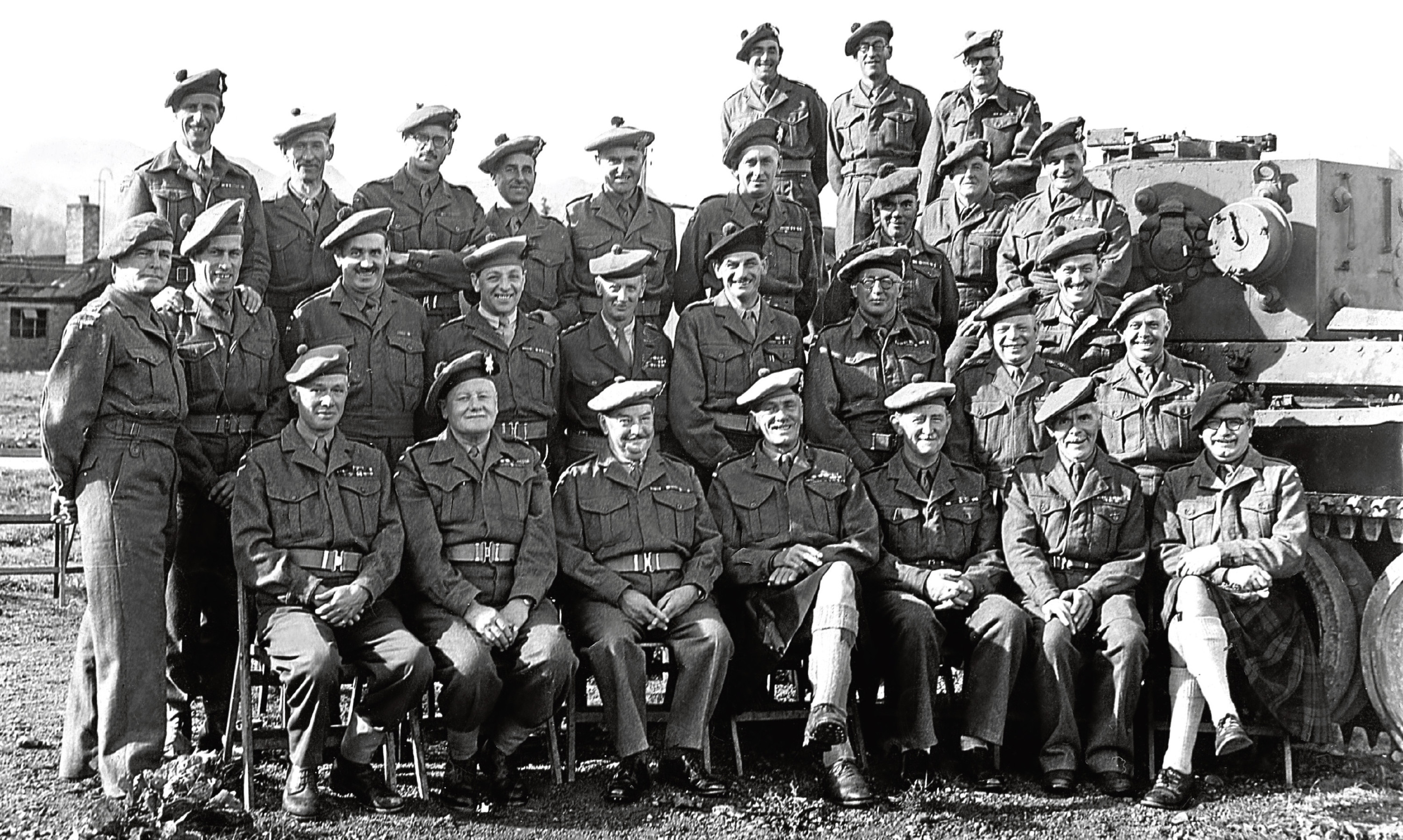I always appreciate feedback and my comments last week about magpies brought a couple of responses.
A reader who has lived in St Andrews for 10 years and never seen a magpie in the town, has a pair visiting his garden. A Brechin reader wrote in with a similar experience.
Two years ago I wrote about a report from a reader who had lived much of his life in Montrose and had seen magpies for the first time down at the bents near the Glaxo factory.
It’s difficult to know for sure why the birds suddenly appear in towns where they have not been seen before, especially as there is no shortage of feeding for them in the country. I suppose it is a natural desire to colonise and, of course, the ready availability of food in garden feeders and suitable nesting sites will encourage them to stay.
Kilt is my delight
A fine Scots word – kenspeckle – came up in conversation and I was asked just what it meant.
It was a familiar word my father, Tom Whitson, a solicitor in Montrose, used so I had a ready answer to the question. To reassure myself that I had given a full explanation, when I got home I took down my faithful Jamieson’s Etymological Dictionary of the Scottish Language and checked.
Jamieson defines it as “having a singular appearance, so as to be easily recognised or distinguished from others”. On reflection, I thought my father could have been described as kenspeckle.
Following the outbreak of World War Two, rationing was introduced initially for food, petrol and other essentials.
In anticipation of the introduction of clothing rationing on June 1 1941, due to the increased demand for uniforms, Father ordered two kilts in his mother’s tartan, Macbeth, from bespoke tailors Campbells of Beauly, who had clothed the great and the good of the Scottish Highlands since 1858.
He took the view that a kilt was a much more hard-wearing garment than a pair of trousers and he should not have to replace them for many years. He threw away all his trousers and the kilt became his everyday dress.
There are Montrosians who remember him striding along the high street, kilt swinging, for he carried off the wearing of it with poise and self-assurance.
I did not see him in a pair of trousers until shortly before he died in 1983 and he was too weak to carry the weight of so much material all day.
After the war Father had a new kilt made in a brown shepherd’s check, which was quite unusual although I have seen two similar examples. It was his outdoors kilt rather than his day-to-day business one and he wore it hard for gardening, fishing, shooting, sailing and walking until it was badly frayed.
To my mother’s despair, he resolutely refused to throw it out. She thought she had found the ideal opportunity when Father was away from home on business and she buried it in the compost heap. It was a fatal misjudgment.
Father decided to dig over the compost heap shortly after he got home and discovered his beloved kilt.
He had it dry cleaned by the Montrose Laundry and wore it until it was threadbare, in tatters and even he had to agree it was too disgraceful for him to continue wearing. Kenspeckle indeed.
A word to the good
Words are my seed corn and I’m always interested in the way words and the way they are used changes over the generations.
I came across a promotional letter dated January 1894 from M. Whitehill & Co. of Paisley, who were manufacturers of Paisley shawls, soliciting future business from their customers, which made me smile.
They wrote: “Dear Sirs, I avail myself of the opportunity afforded me by the annexed circular to thank you for the past favours to my firm, which has now been in existence for nearly half a century. In future it shall be my constant and earnest endeavour to retain your confidence by prompt and careful attention to all orders which you may be pleased to give me. I am, Dear Sirs, Your obedient servant, John Wilson.”
Imagine receiving such a letter these days from a company that hoped to retain your custom. Aye – just imagine.
Cue life and death
I get told some silly stories. What amuses me is that the sillier they are the more I am assured they are true.
Three worthies were enjoying their usual Friday night drink at the golf club bar and one asked “does anyone know if Jimmy A is still alive? The last I heard he was no weel at all”. The other two shook their heads – they didn’t know.
Willie B was practising on the pool table nearby. “Ask Willie”, suggested one, “he lives in Bridge Street, just a few doors up from Jimmy”.
“Willie”, he called out, “is Jimmy A still alive?” Willie laid down his cue and thought for a moment. “I don’t know”, he said “I haven’t seen him for a while. But I can tell you one thing for sure, his widow is living in Bridge Street”.
